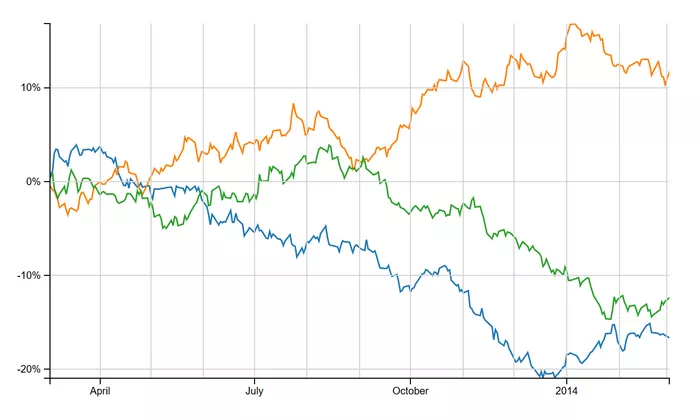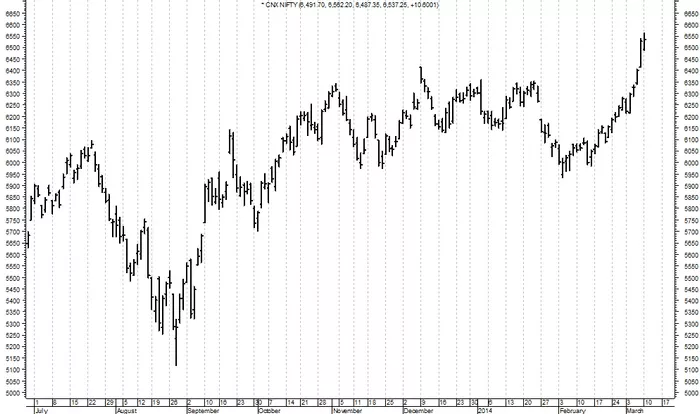Penny stocks are often seen as an entry point for new investors looking to make a profit with minimal capital. These low-priced stocks, generally trading for less than $5 per share, can be enticing for those seeking high returns with smaller investments. However, penny stocks come with a higher level of risk, making them a potentially lucrative yet volatile part of the stock market. In this article, we will explore how to make money with penny stocks, discuss strategies for success, and highlight the risks involved. By the end, you should have a clearer understanding of how to navigate the penny stock market effectively.
What Are Penny Stocks?
Penny stocks are shares of companies that trade for low prices, typically under $5 per share. These stocks are generally issued by smaller companies or companies that are struggling. They often trade on over-the-counter (OTC) markets like the OTC Bulletin Board (OTCBB) or Pink Sheets, though some may also be listed on major exchanges like the NASDAQ or the New York Stock Exchange (NYSE).
Due to their low price, penny stocks have the potential to offer high percentage returns. For example, if a stock priced at $1 rises to $2, that’s a 100% gain. While these types of returns are rare and difficult to achieve consistently, penny stocks can be an attractive option for risk-tolerant investors looking to capitalize on price fluctuations.
Why Invest in Penny Stocks?
There are several reasons why investors might be drawn to penny stocks:
Low Entry Cost: Since penny stocks are priced lower than more established stocks, they allow investors to buy a large number of shares with a small investment.
High Growth Potential: Some penny stocks come from small companies that have the potential for significant growth. A successful product launch or breakthrough in the company’s industry could lead to major gains.
Volatility: Penny stocks are known for their volatility, which creates opportunities for quick profits. Investors can make substantial returns in a short time by taking advantage of these fluctuations.
However, it’s important to note that the low cost and volatility also make penny stocks risky. Many penny stocks fail to grow or even go bankrupt, resulting in significant losses for investors.
How to Make Money with Penny Stocks: Key Strategies
Investing in penny stocks requires a well-thought-out approach. Here are some strategies to help increase your chances of success:
1. Research and Analyze the Company
Investing in penny stocks can feel like gambling if you don’t do your due diligence. Researching the companies behind penny stocks is crucial. Start by looking into their financial health, products, market position, and leadership team. You should ask:
- What is the company’s financial status?
- Do they have a viable product or service?
- What are the prospects for growth?
- Are there any recent news or events that could affect the stock’s price?
Avoid investing in penny stocks just because they are cheap. Focus on finding companies with a solid foundation, even if they are in their early stages.
2. Understand Market Trends
Knowing market trends is essential for successful penny stock investing. Since these stocks are highly sensitive to news and events, it’s vital to stay updated on industry news, regulatory changes, and broader market trends.
Some ways to track market trends include:
Following industry news outlets for updates on sectors you are interested in.
Tracking the price action of stocks similar to the ones you’re considering.
Studying patterns in stocks that have recently experienced rapid price increases.
By keeping an eye on the broader market, you can identify opportunities and avoid pitfalls.
3. Diversify Your Portfolio
While it can be tempting to invest all your money in a single penny stock, diversification is key. Spread your investments across different stocks and sectors to reduce risk. This way, even if one of your penny stocks fails, your other investments might perform better and offset the losses.
Consider diversifying across:
Different industries: Don’t put all your money into tech or energy stocks. Spread it across different sectors.
Risk levels: Some penny stocks are riskier than others. Diversify by including a mix of high-risk and more stable penny stocks.
Diversification won’t eliminate risk, but it can help mitigate the damage if a particular stock underperforms.
4. Use Technical Analysis
Technical analysis involves analyzing price charts and using statistical tools to predict future price movements. It’s particularly useful when trading penny stocks because it can help you identify patterns and trends. Some common technical indicators include:
Moving averages: Used to smooth out price fluctuations and identify trends.
Relative strength index (RSI): Measures whether a stock is overbought or oversold, which can signal potential buying or selling opportunities.
Volume analysis: Higher trading volumes can indicate increased interest in a stock, signaling potential price movement.
By using these indicators, you can make more informed decisions and spot opportunities before they become obvious to others.
5. Set Realistic Expectations
Penny stocks are volatile and unpredictable. While they can deliver substantial gains, they can also result in significant losses. Setting realistic expectations is crucial. Don’t expect to become wealthy overnight, and avoid getting caught up in the hype that often surrounds penny stock promotions.
Instead, set a target for reasonable returns and stick to your plan. If a stock reaches your target price, consider selling or at least securing some profits. Similarly, if a stock drops below your predetermined loss threshold, cut your losses and move on.
6. Monitor Insider Trading and Stock Promotions
Penny stocks are often subject to heavy promotion, either by the company itself or through third-party promoters. Be wary of sudden price surges due to promotional activities or insider trading. Many penny stocks see spikes in price based on little more than speculation, and these surges can be short-lived.
By monitoring insider trading activity, you can gain insights into how company executives view the future of their business. If insiders are buying, it could signal confidence in the stock. However, if insiders are selling large amounts of stock, it may indicate trouble ahead.
7. Leverage Limit Orders
Penny stocks are known for their volatility, which means prices can change rapidly. To avoid overpaying or selling too low, use limit orders. A limit order allows you to set the price at which you are willing to buy or sell a stock, ensuring that you don’t pay more than you’re comfortable with.
For example, if a penny stock is trading at $1.50 but you are only willing to pay $1.40, you can set a limit order for $1.40. If the stock reaches that price, your order will be executed automatically.
8. Avoid Overtrading
The allure of quick profits from penny stocks can lead some investors to overtrade. Overtrading happens when you buy and sell too frequently, often without a clear strategy or due diligence. This can lead to high transaction fees and emotional decision-making, ultimately decreasing your profits.
Stick to your trading plan and don’t get swayed by the rapid price movements that are typical in penny stocks. Keep emotions in check and make decisions based on careful analysis.
Risks of Investing in Penny Stocks
While making money with penny stocks is possible, it’s important to be aware of the risks:
Lack of Liquidity: Penny stocks often have low trading volumes, making it difficult to buy or sell large quantities of shares without affecting the price.
Volatility: The price swings of penny stocks can be extreme. While this can create opportunities for profit, it can also result in large losses.
Fraud and Scams: Some penny stocks are associated with fraudulent activities like “pump and dump” schemes, where promoters artificially inflate the price to attract unsuspecting investors.
Limited Information: Smaller companies that issue penny stocks often have limited financial information available, making it difficult to assess their true value.
Conclusion
Making money with penny stocks is possible, but it requires careful research, analysis, and a strategic approach. By understanding the fundamentals of penny stocks, using technical analysis, diversifying your portfolio, and setting realistic expectations, you can increase your chances of success. However, never forget the risks involved, and only invest money that you can afford to lose.
Penny stocks can be an exciting way to engage with the stock market, but they should be approached with caution and discipline. With the right strategies in place, you may be able to capitalize on their growth potential and create substantial returns.
Related topics:





























